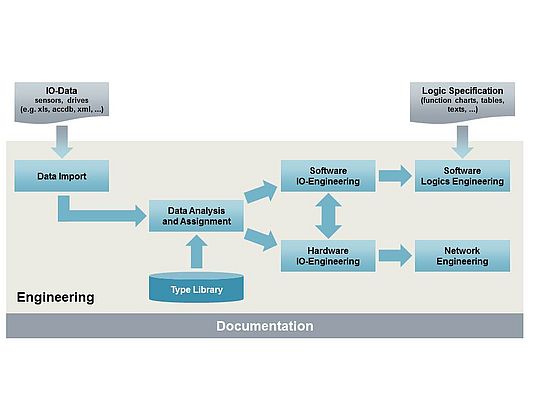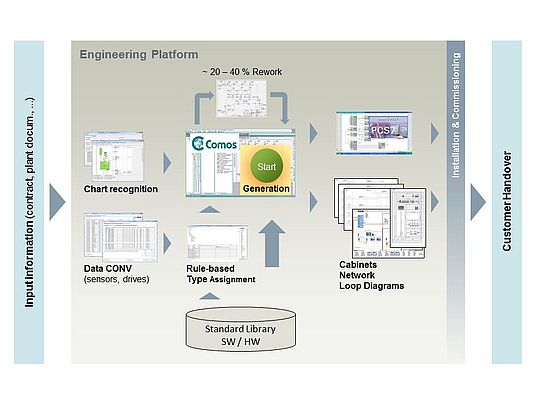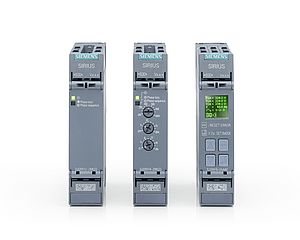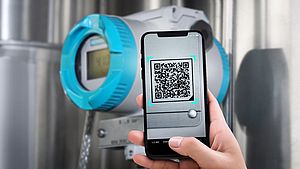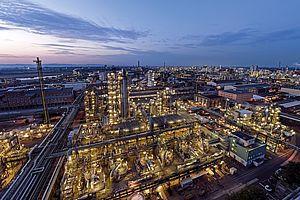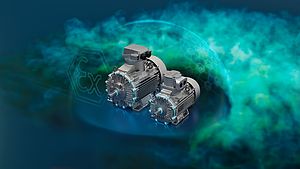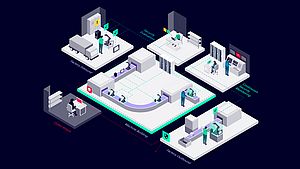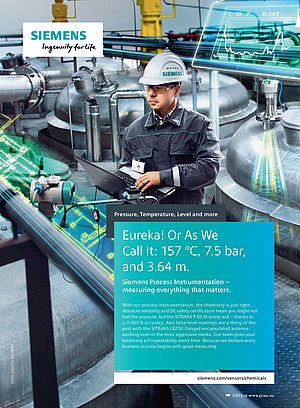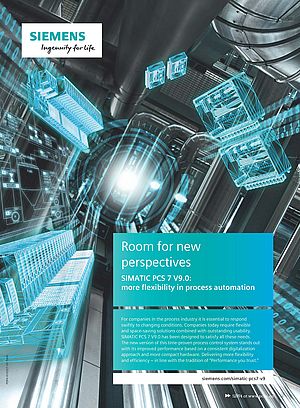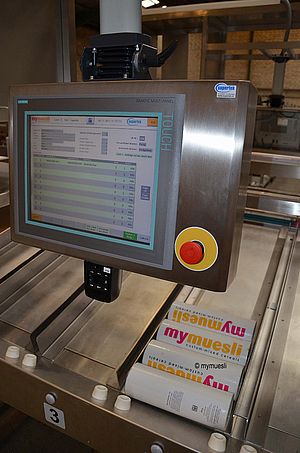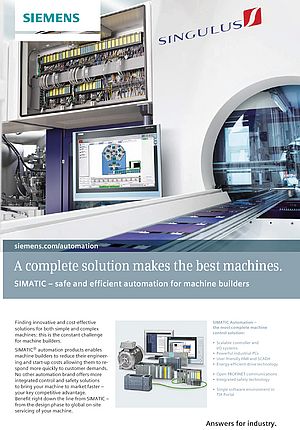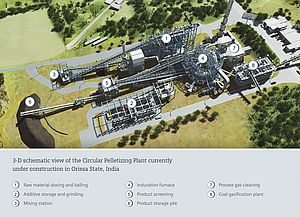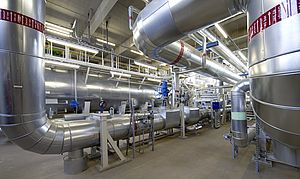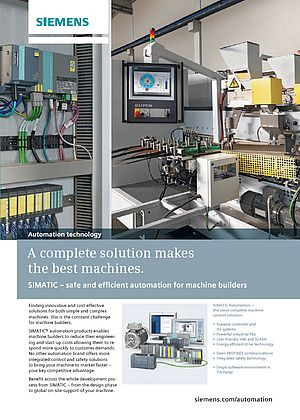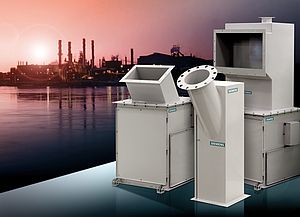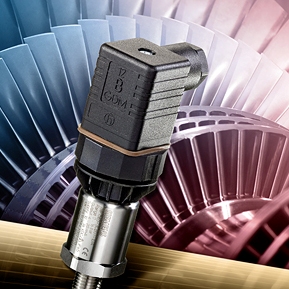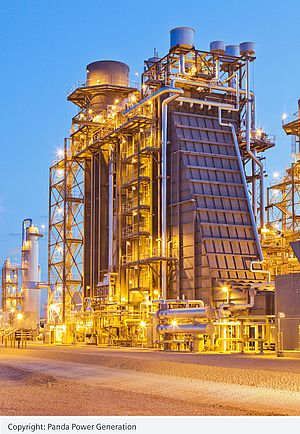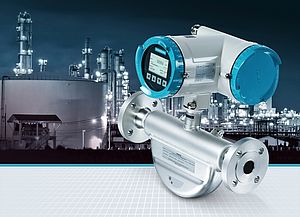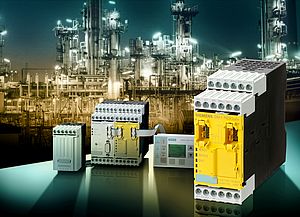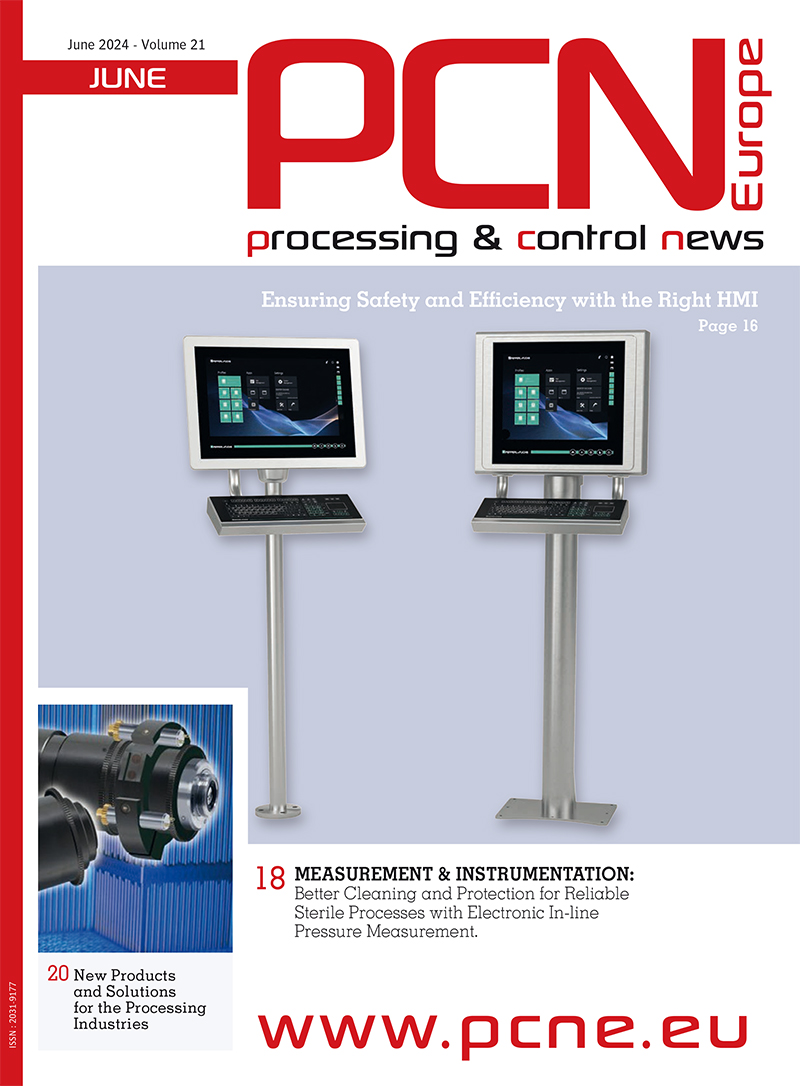Digitalization is the keyword, which is increasingly influencing not only our private but also our professional lives. The development, fabrication, marketing and service of products is being revolutionized by the availability of digital twins and the Internet of Things. This is resulting in higher market dynamics, for example relating to development cycle times and market shares of products.
However, it is not just the impact of digitalization on the product business that has to be considered. The solution business involving the engineering of plants in process industries is also highly influenced by the fast changing developments and new possibilities that digitalization is opening up.
As one example the modularization of process plants and the corresponding requirements for the automation systems of such plants is being discussed. The use of standardized modules results in “…an accelerated workflow for the design, engineering, construction and commissioning of facilities ...”.
This results in a customer benefit regarding the cash flow when a plant is being constructed. At the same time, modular plants offer a high degree of flexibility. The different parts of a process are realized by defined modules, which can be easily combined or exchanged. Process modules can have integrated automation systems – or have to be integrated into a master control system.
Also when engineering automation systems for process plants, new requirements arise, which in most cases, are more challenging. These especially include the following:
- Reduced lead time from placement of an order until the automation system is delivered;
- Increased flexibility concerning the adaptation to different plant setups (e.g. combination of different modules to be integrated into a master control system);
- Increased quality concerning the plant performance and operability achieved by the automation.
Standardization and the automation of engineering activities are the means by which the challenging requirements of shorter lead times – but with increased quality and flexibility – can be fulfilled. Digitalization enables the appropriate solutions to be created. Being able to provide all of the required data and run highly advanced algorithms in an integrated engineering system allows automated workflows to be configured based on predefined and modular standards.
Problem Profile
Engineering the software and hardware for an automation system for a plant in the process industry is prone to errors and time-consuming. As shown in Figure 1, several steps are involved.
Import of data describing the plant
The data, which describes the plant i.e. the sensor list and the list of consumers/drives – including all of the corresponding information (e.g. signals, parameter values, ...) – has to be imported into the engineering system. These lists also include the signals to be exchanged with subordinated automation systems.
Data analysis and assignment
The content of the imported data has to be analyzed. Especially for the different IOs the respective types have to be determined (e.g. binary input, 0/24V, normally closed, etc.). According to the type assignment, the next software and hardware engineering steps can be prepared.
Hardware IO engineering
Each IO signal has to be assigned to a certain channel on an IO module. Finally, the complete automation cabinets have to be defined, including the automation servers, the IO modules etc. The hardware IO engineering also includes the junction boxes and the cabling (including terminal assignment) between the automation cabinets and the junction boxes as well as the cabling between the junction boxes and the field devices.
Software IO engineering
The corresponding software modules have to be prepared for the input and output signals.
Software logic engineering
The logic functions for determining the output signals as a function of the input signals have to be prepared. Such functions include logic for protection, interlock and closed-loop control. The logic functions to be realized are specified in the appropriate function charts, as tabular information or as textual descriptions.
Network engineering
The I&C system, including the networking of automation and operation servers, has to be planned.
Documentation
The corresponding documentation has to be prepared for all of the engineering steps.
Solution for optimized engineering
In order to achieve an optimized engineering workflow – including a shorter lead time with a high solution quality and flexibility – SIEMENS is developing what is known as the Advanced Project Execution (APEX) approach for automation projects. All APEX solutions are based on the following basic principles:
• As long as it makes sense, standard solutions are used instead of defining individual solutions for all projects. However, in order to be able to fulfill the requirements of the different plants/customers, standards have to be configurable rather than being absolutely fixed. An engineer should be able to define the specific requirements of the project. The actual solution should be generated automatically based on this variant selection and the available standards.
Standards are prepared by experienced experts in order to assure an optimum solution.
• Engineering data as well as the corresponding documentation is generated automatically just as far as makes sense (but not as far as is technically possible) from available standards. Individual project requirements, which are only infrequently required are still manually engineered. However, a large percentage of the engineering (e.g. 60-80%), which can be based on the same principles in all projects, should be automated.
• Based on the high degree of standardization and automation, project engineers are freed up to concentrate on the real project issues and work closely with customers. Not only this, workflows can be continuously improved – along with the associated standards and tools.
As a first step, the data describing the field devices – such as tag, designation, device type, signal form (e.g. normally open, normally closed), location code etc. – has to be imported.
The software engineering approach using APEX DATA CONV, APEX SW LOG CONV and APEX INST GEN was already tested for an automation project in the fiber industry with approx. 2500 IO. It was demonstrated that APEX is able to deliver the results as expected and consequentially plays a major role in considerably reducing the lead time.
Summary
The consistent use of standardization and automated engineering in the solutions business results in several benefits. Especially by reusing well-proven standards in an automated and consistent way
- Errors can be reduced;
- High-performance solutions can be generated;
- Lead times can be reduced.
Using modular standards, which can be configured based on specific project requirements, also allows a high degree of engineering flexibility to be achieved.
Today, huge amounts of data can be stored and high level, complex algorithms can be processed. This allows a higher degree of standardization and automated engineering to be achieved than ever before.
An approach was shown for engineering the software and hardware of a process plant automation system. With this approach, the demand for a shorter lead time and higher quality and more flexible solution engineering no longer contradict each other.
Author: Dr. Klaus Wendelberger, Stefan Saalbach, Andreas Geiger


